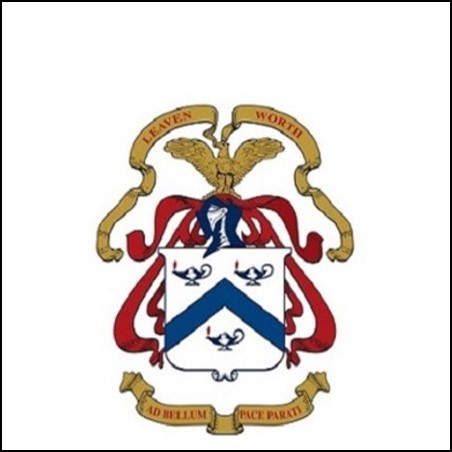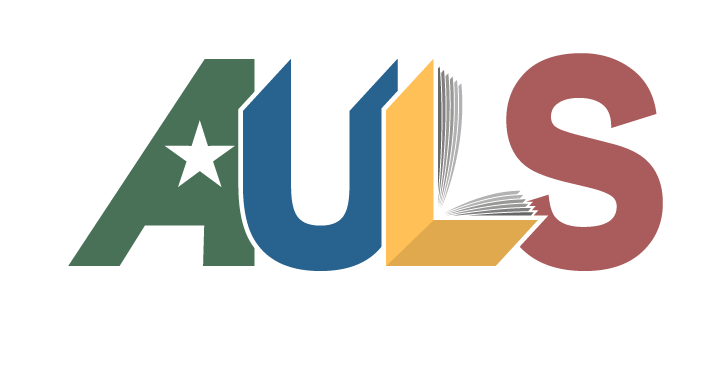
e-Document
|
Improving interagency planning and execution at the operational level: creating a stability and reconstruction component within a joint task force.
Copies
0 Total copies, 0 Copies are in,
0 Copies are out.
Title
Improving interagency planning and execution at the operational level: creating a stability and reconstruction component within a joint task force.
Call No
CDMC Master of Military Art and Science Theses
Digital Link
Authors
Subjects
Joint operations Joint task force (JTF) Stability and reconstruction operations (SRO) Peacekeeping operations Interagency coordination Feasibility, acceptability, suitability (FAS) Civil military operations (CMO) Advanced Civilian Team (ACT) Civil affairs Joint doctrine Strategic response management
Language
English
Published
Fort Leavenworth, KS : US Army Command and General Staff College,, 2006-06-16.
Target Audience
Unknown or not specified
MLA
APA
Chicago
0
/
0








